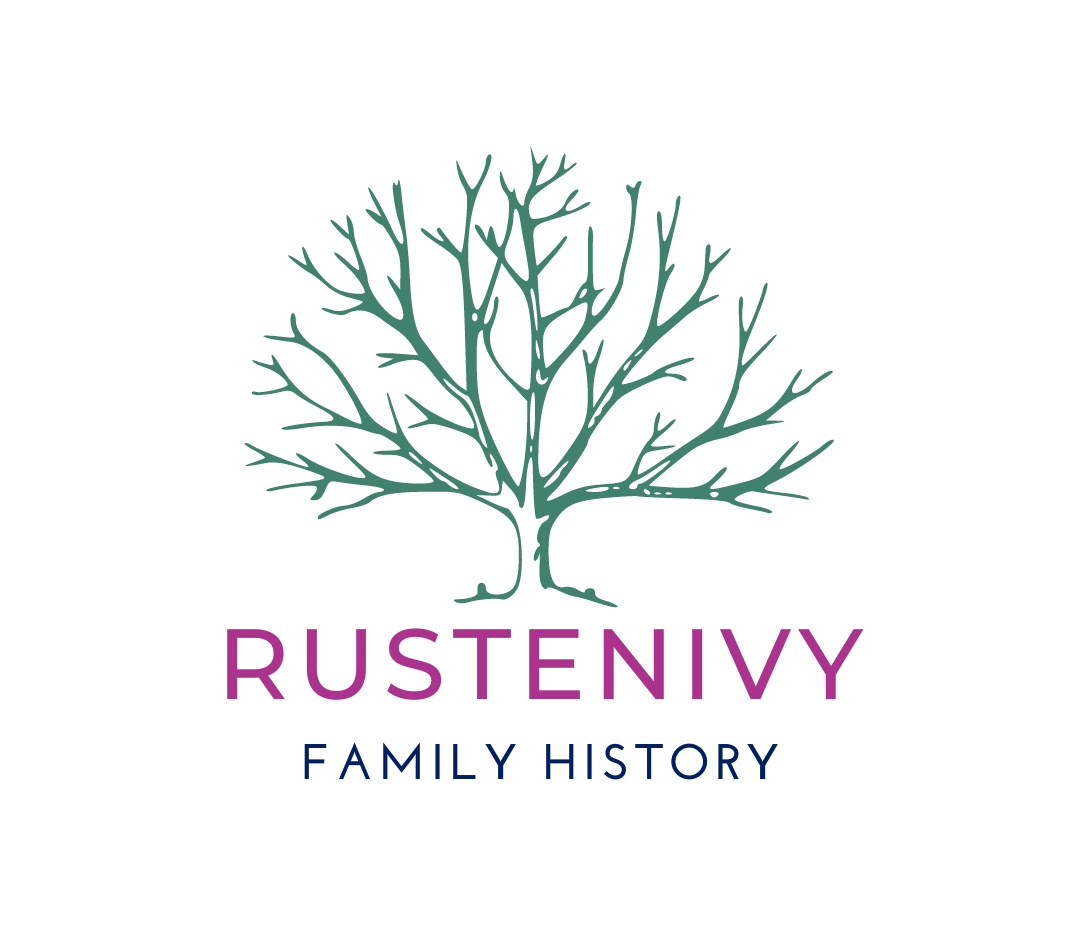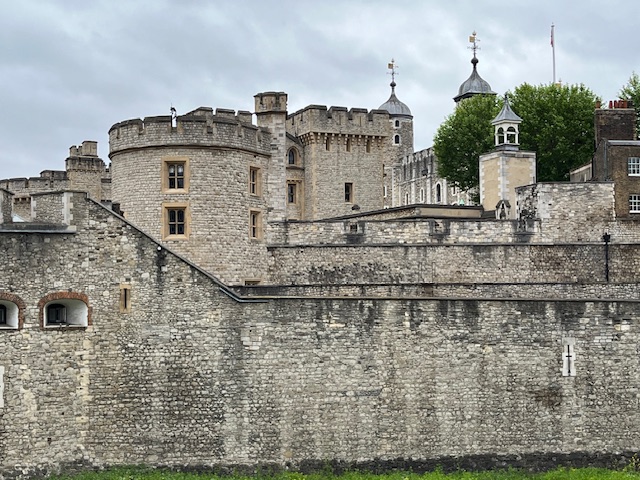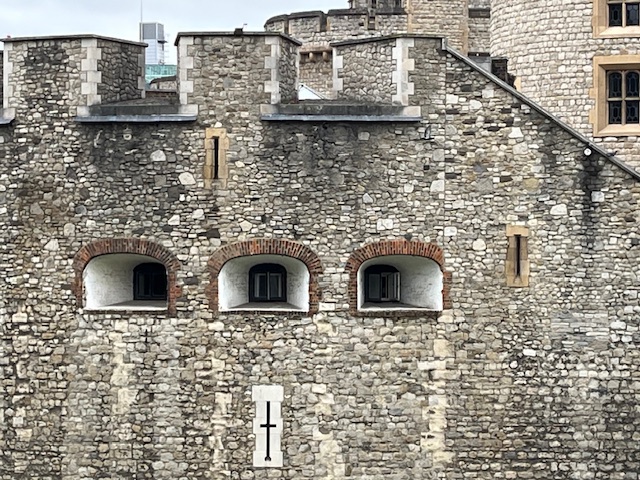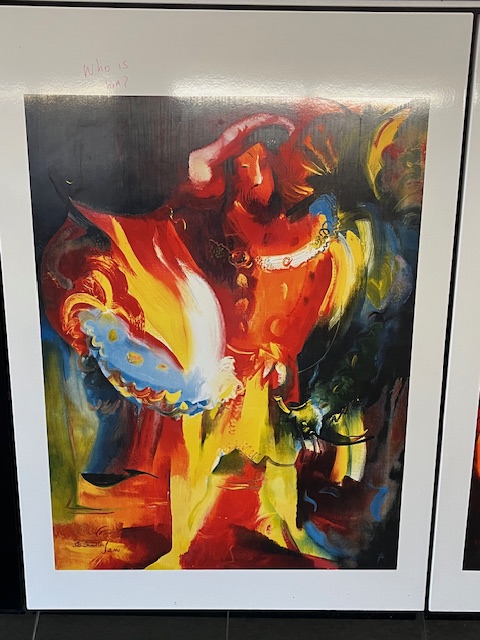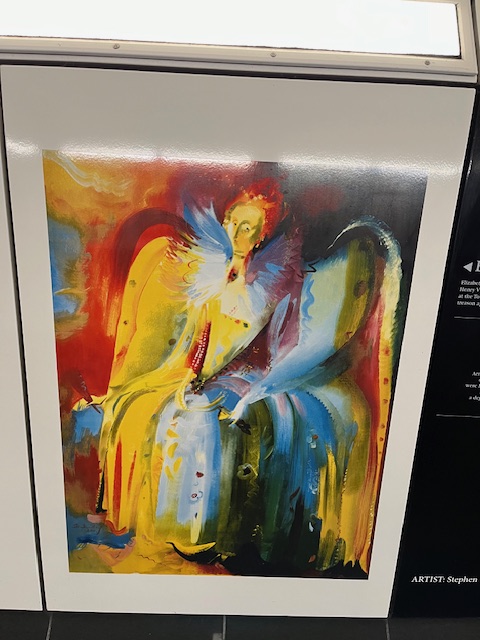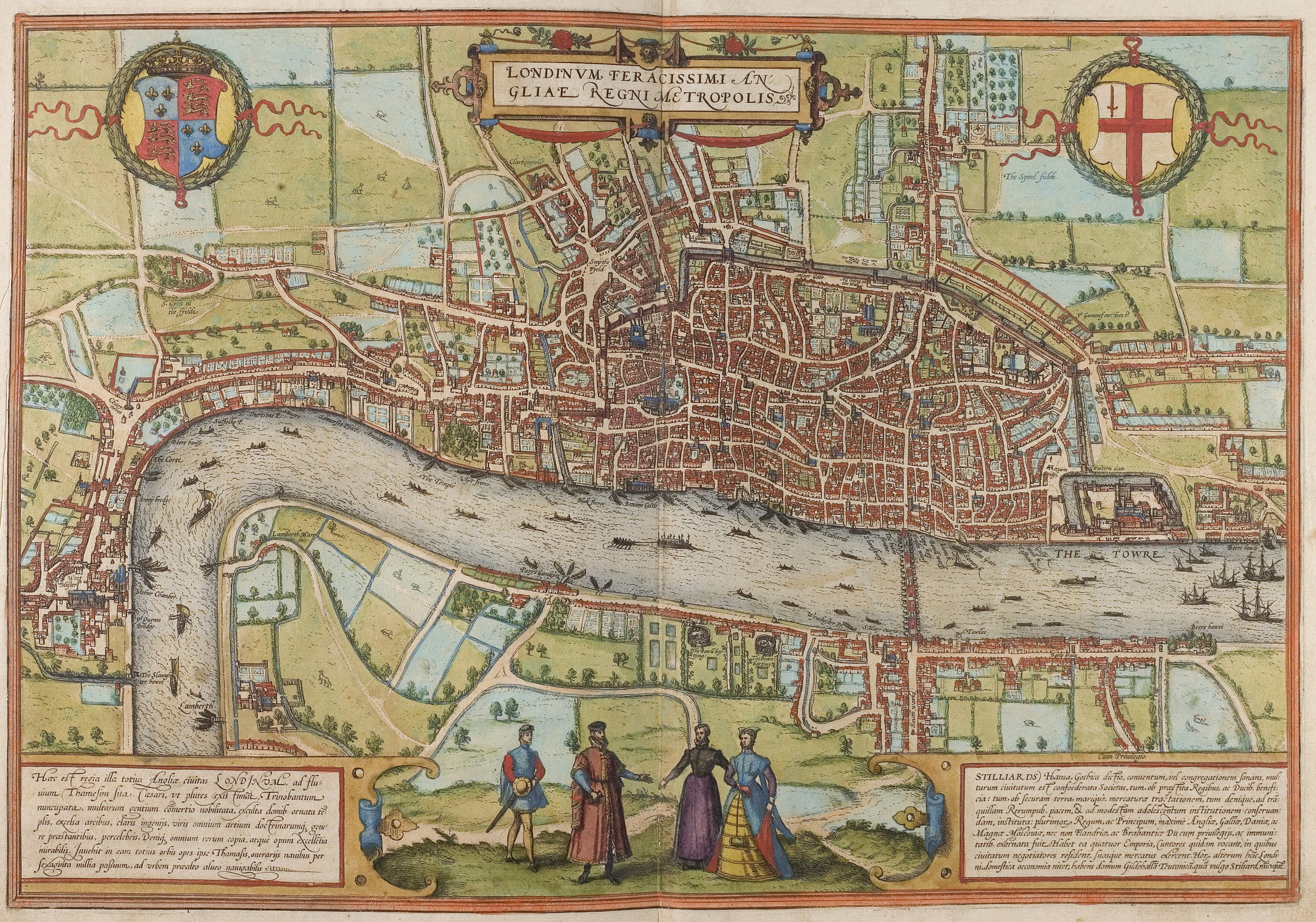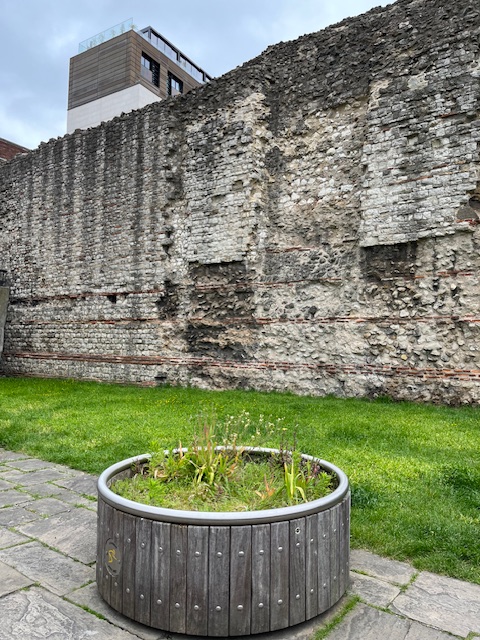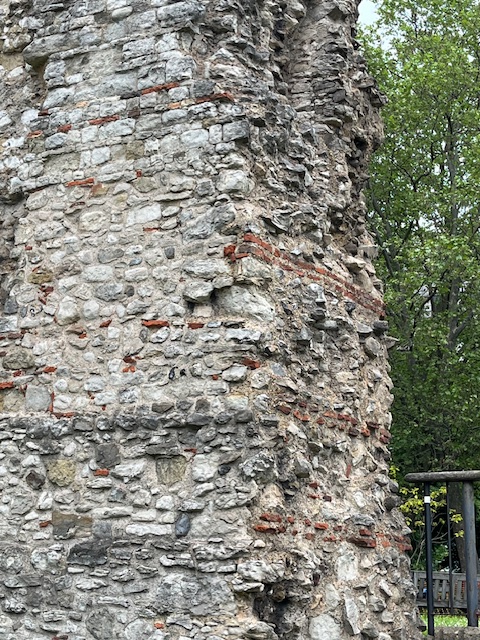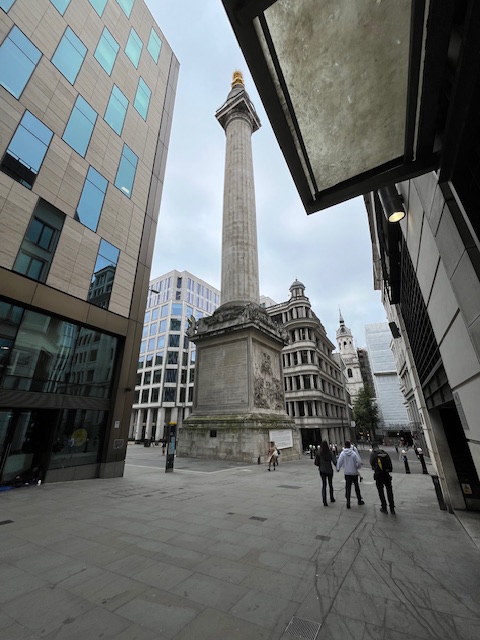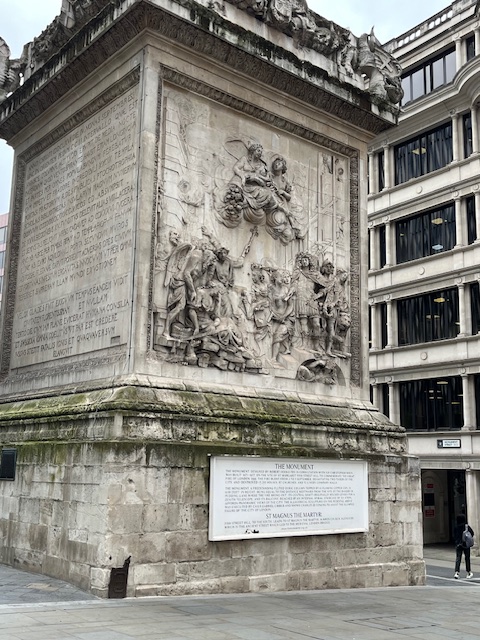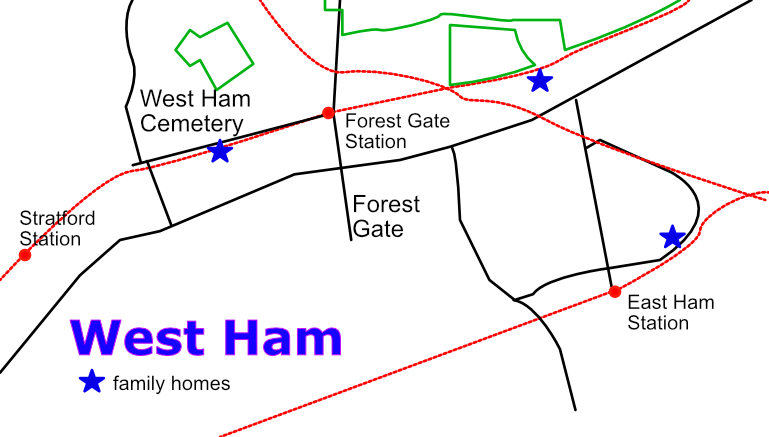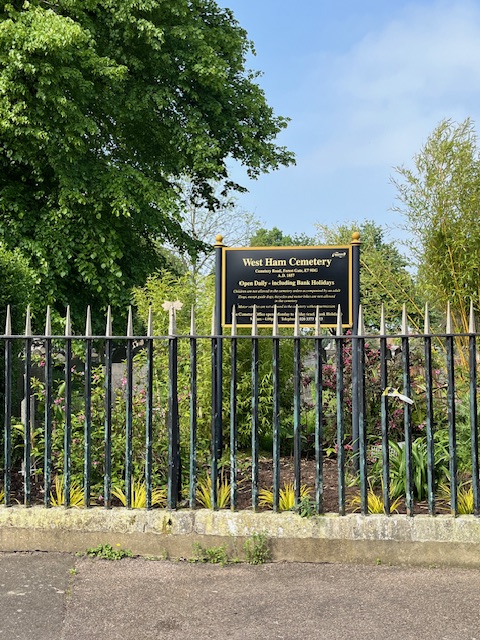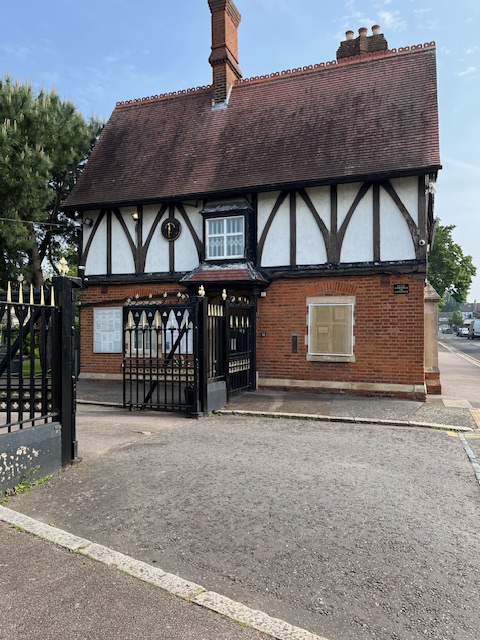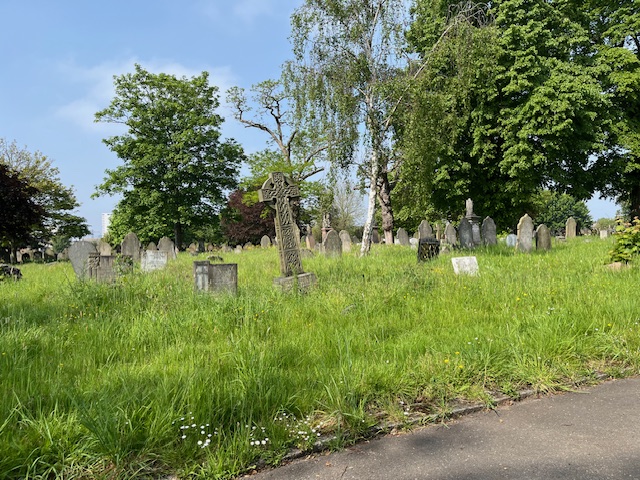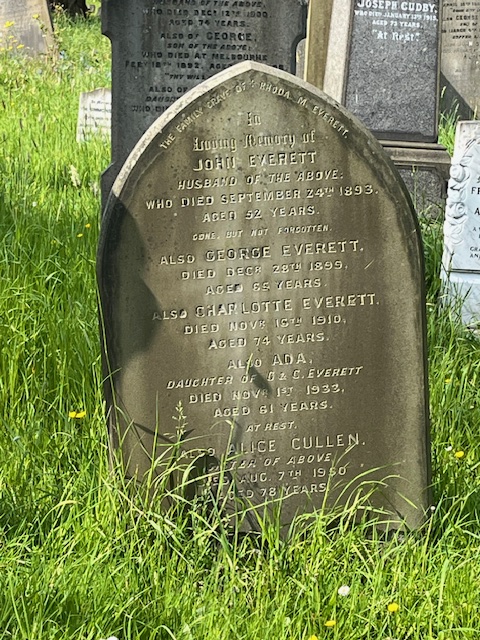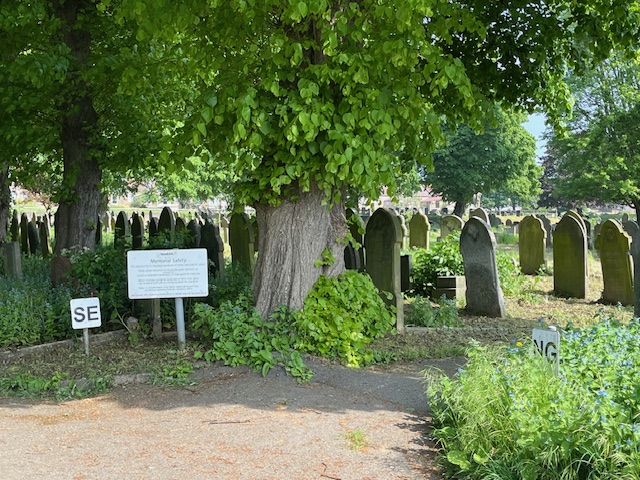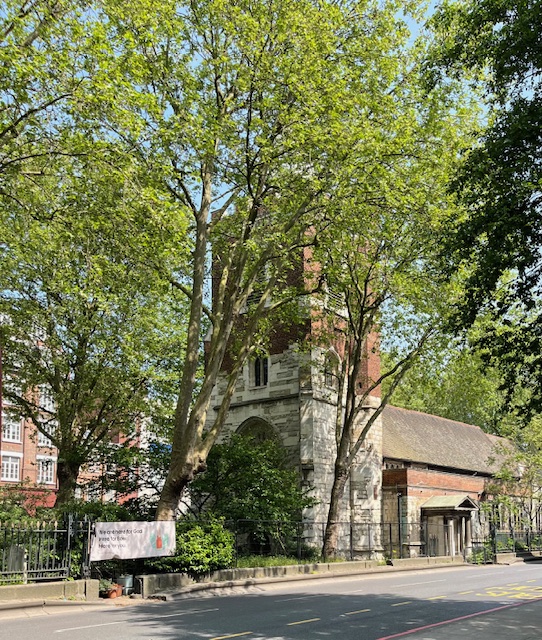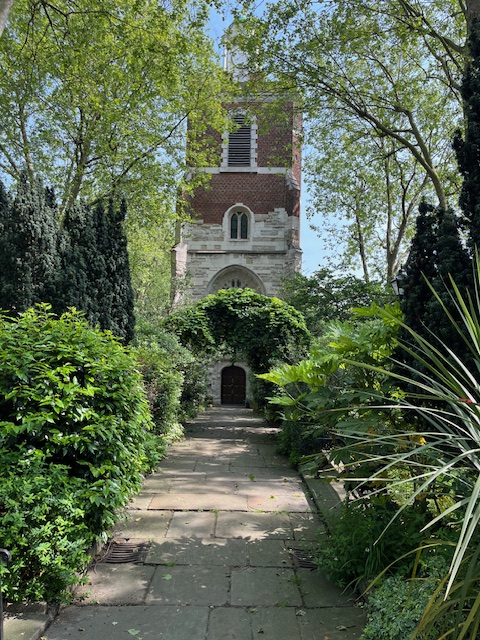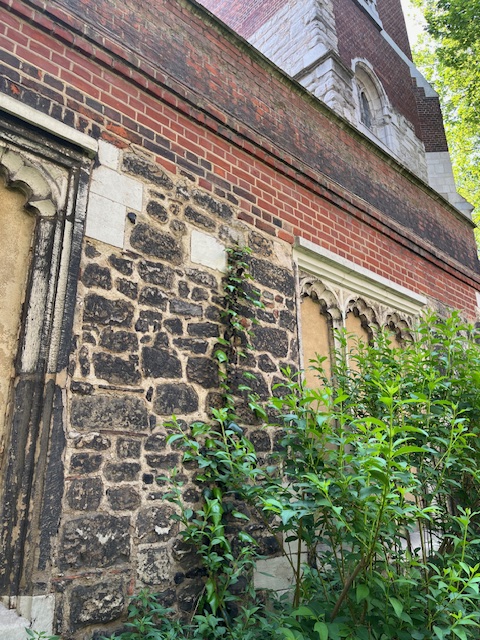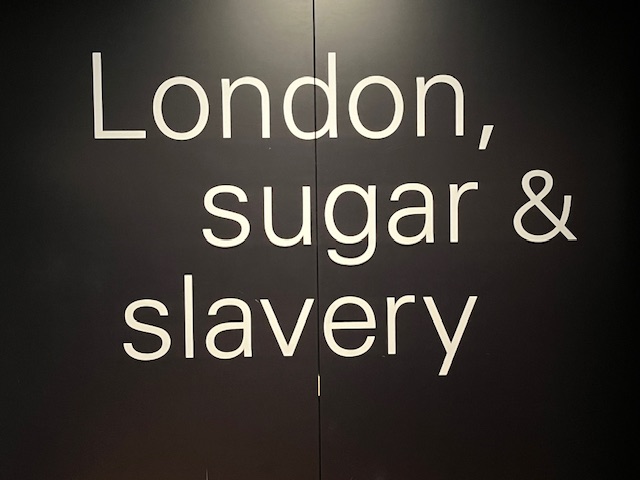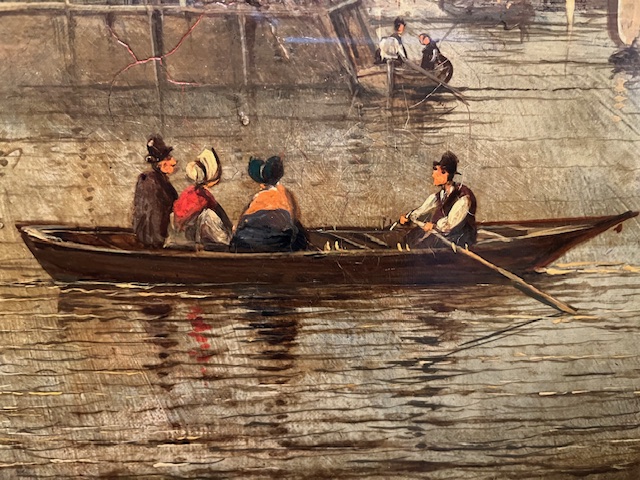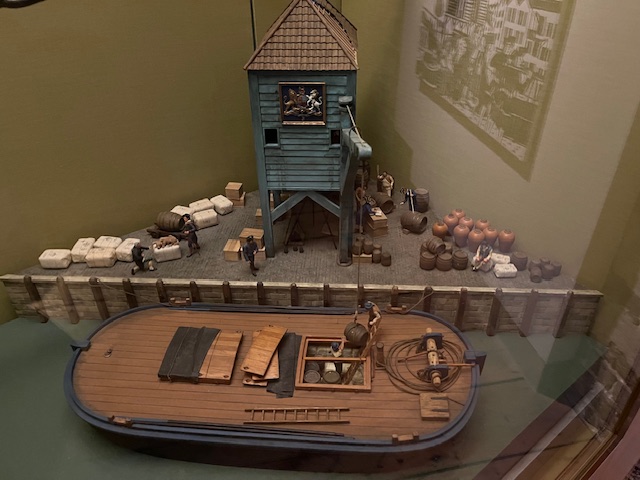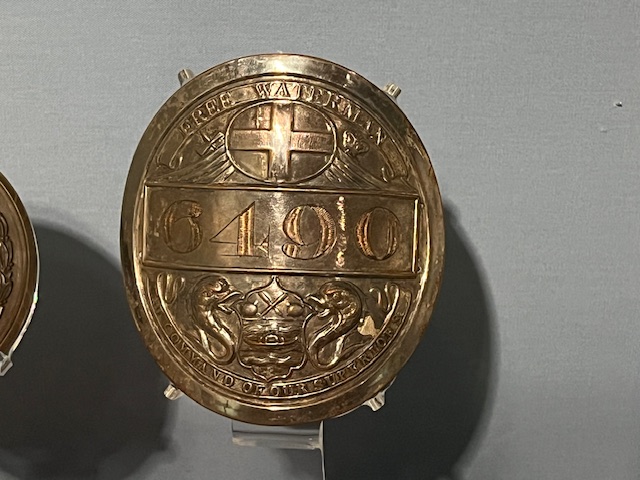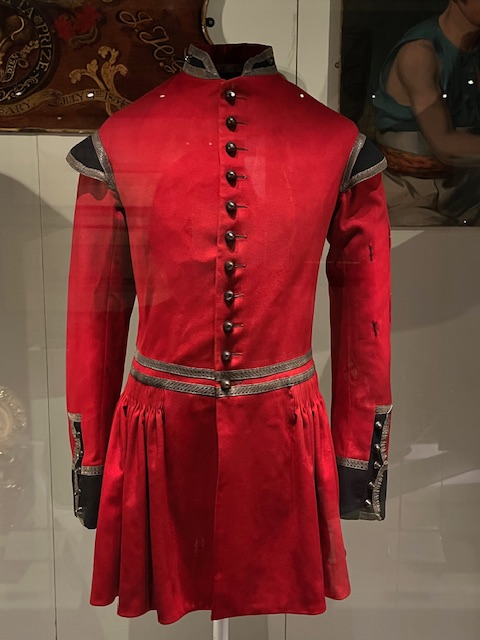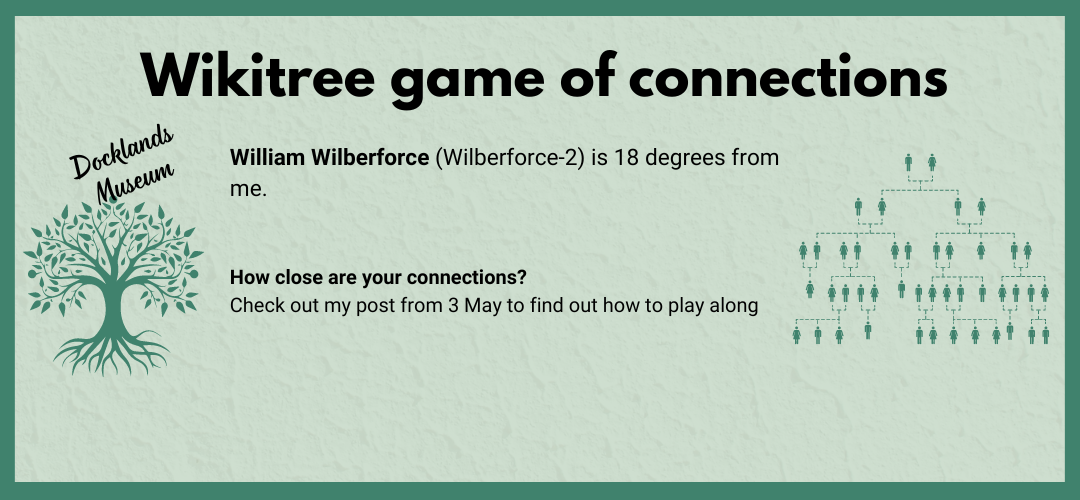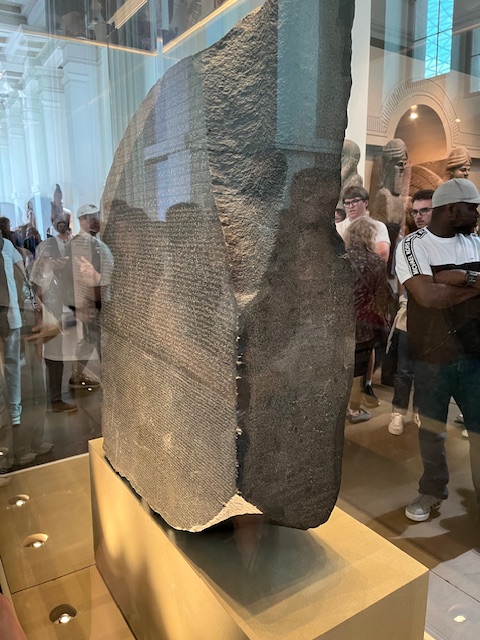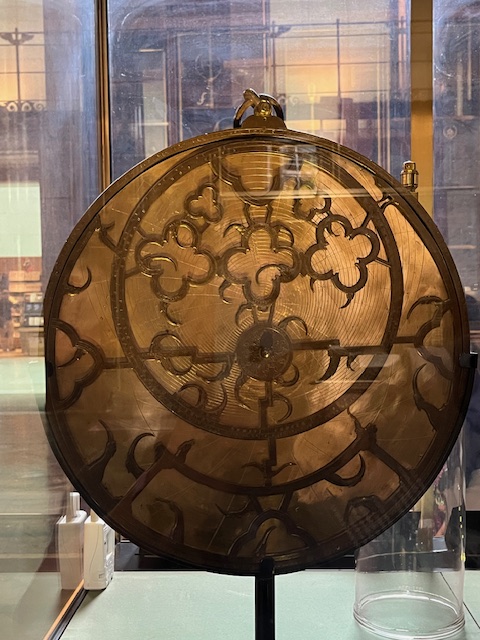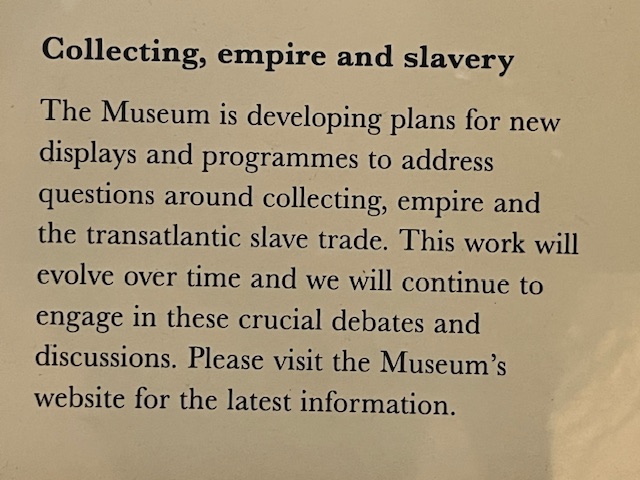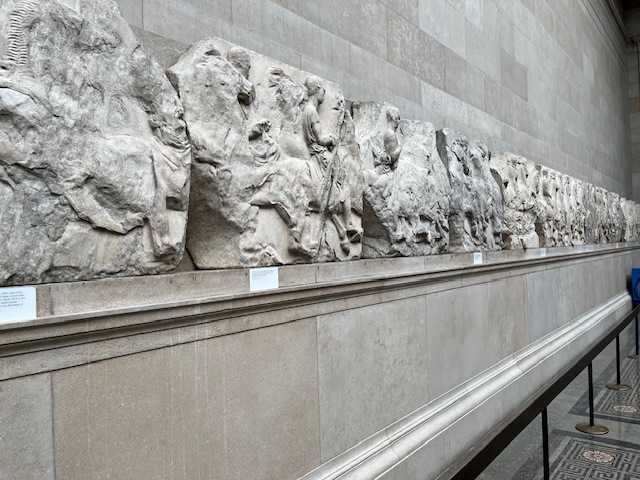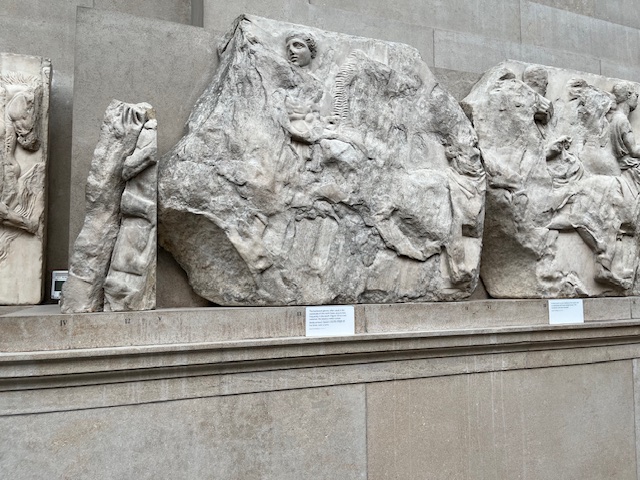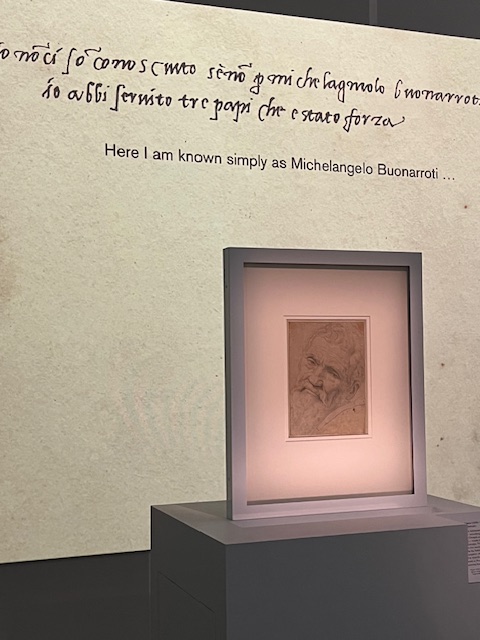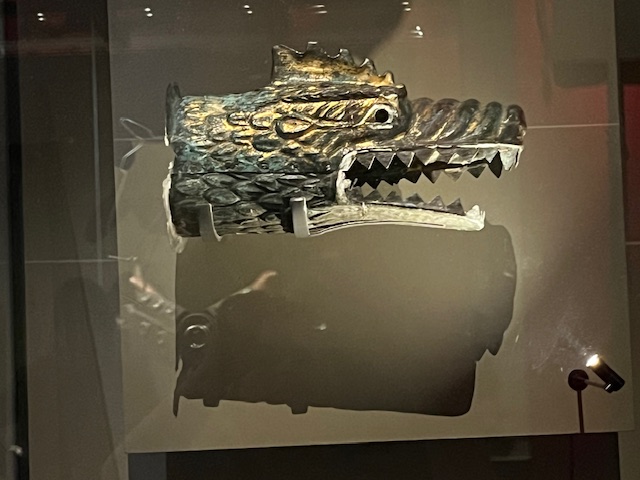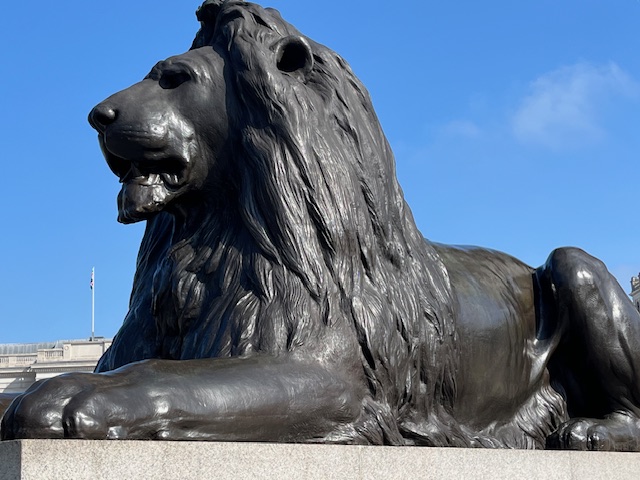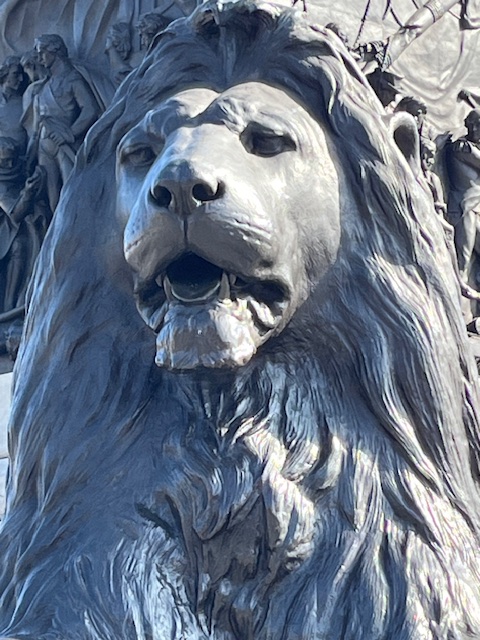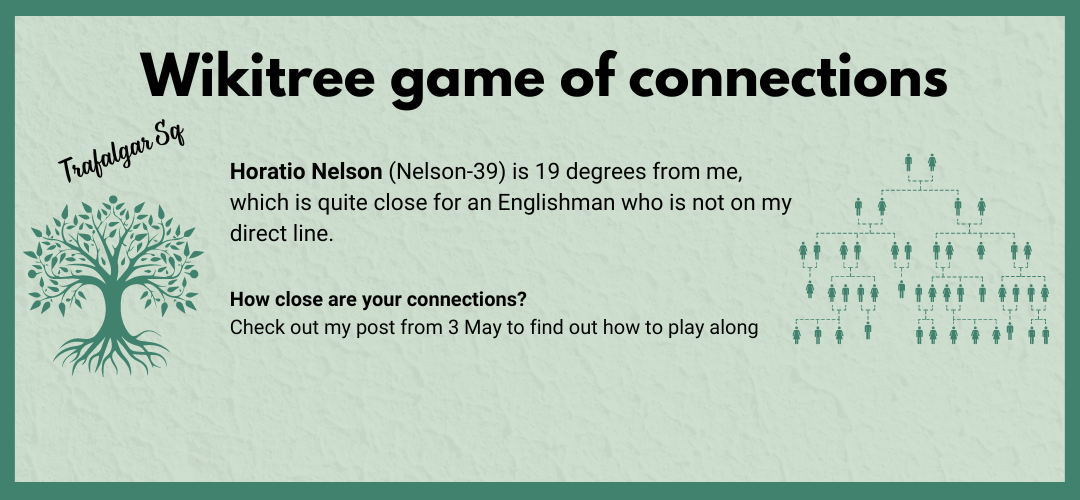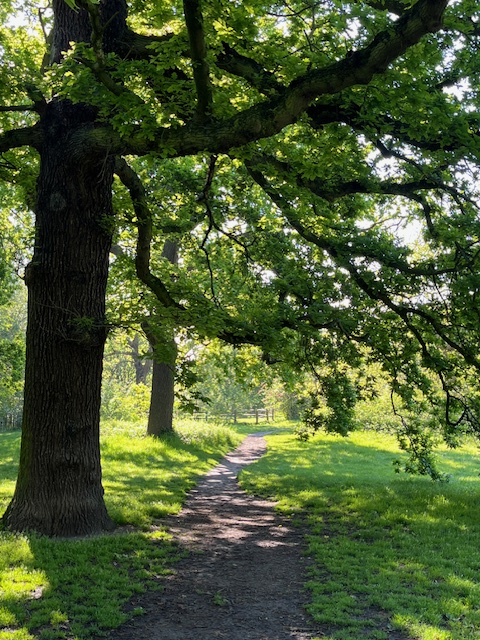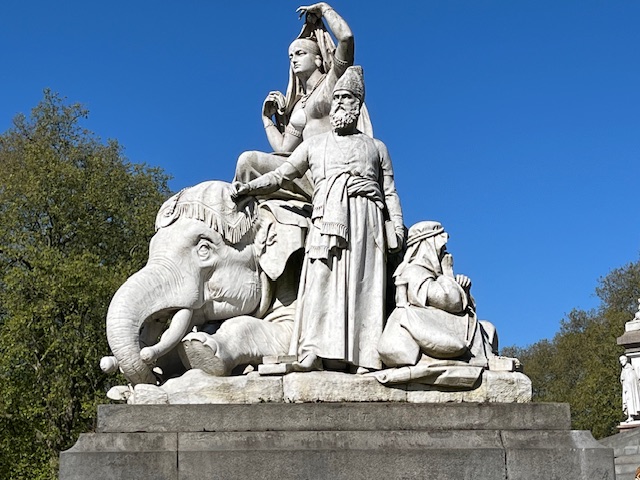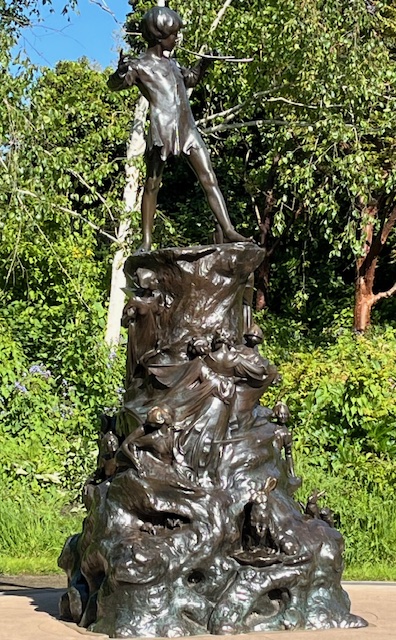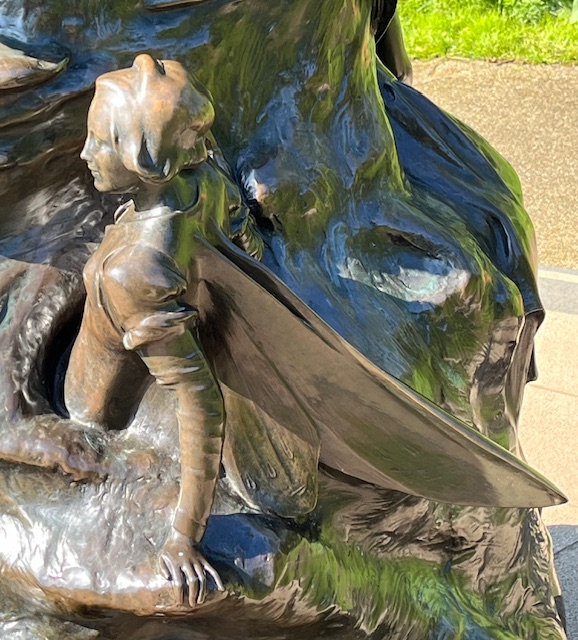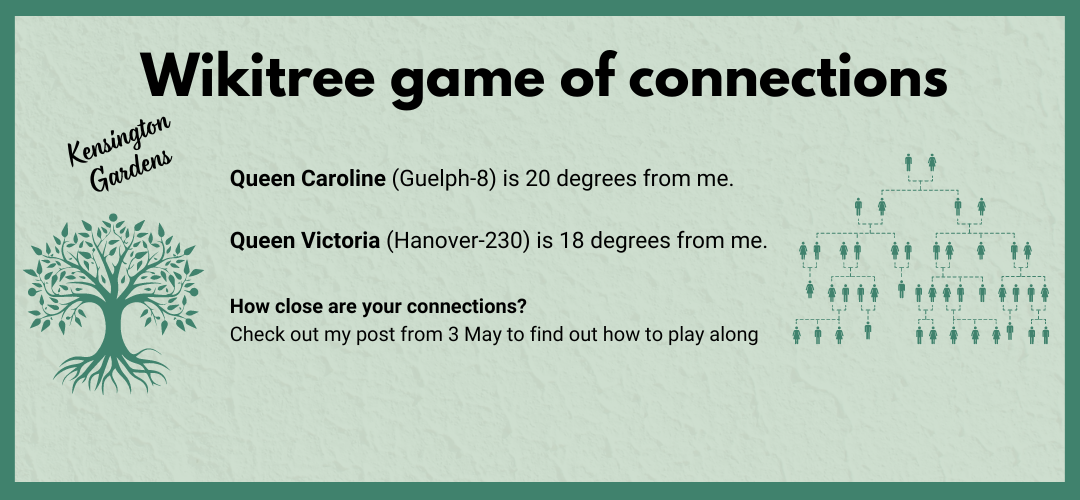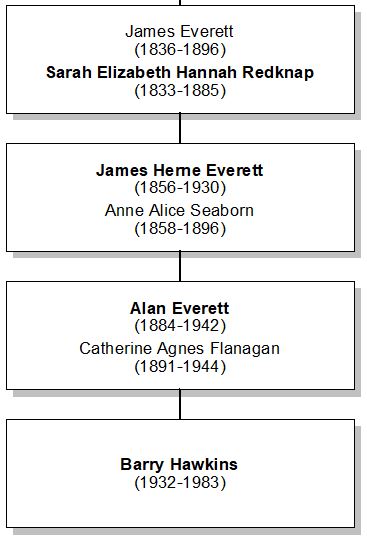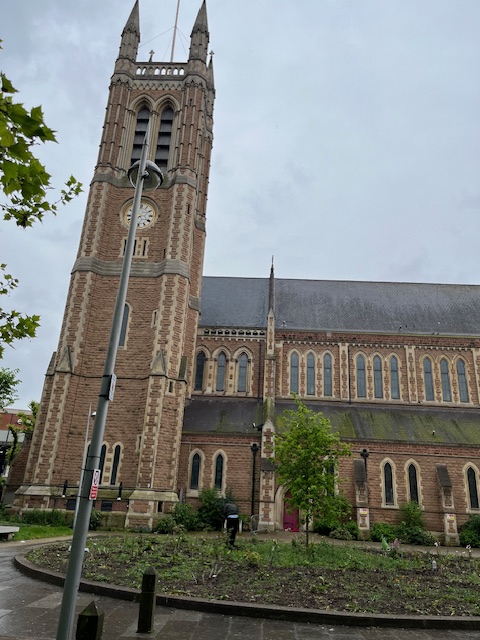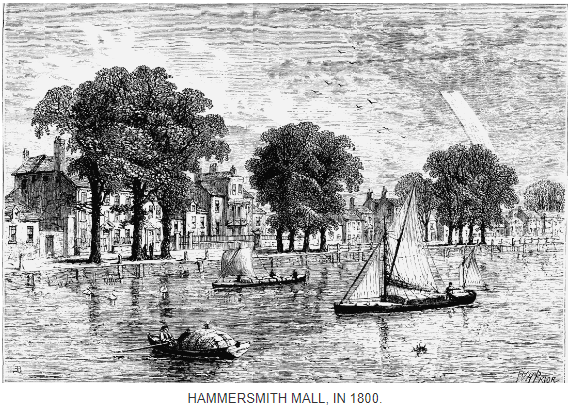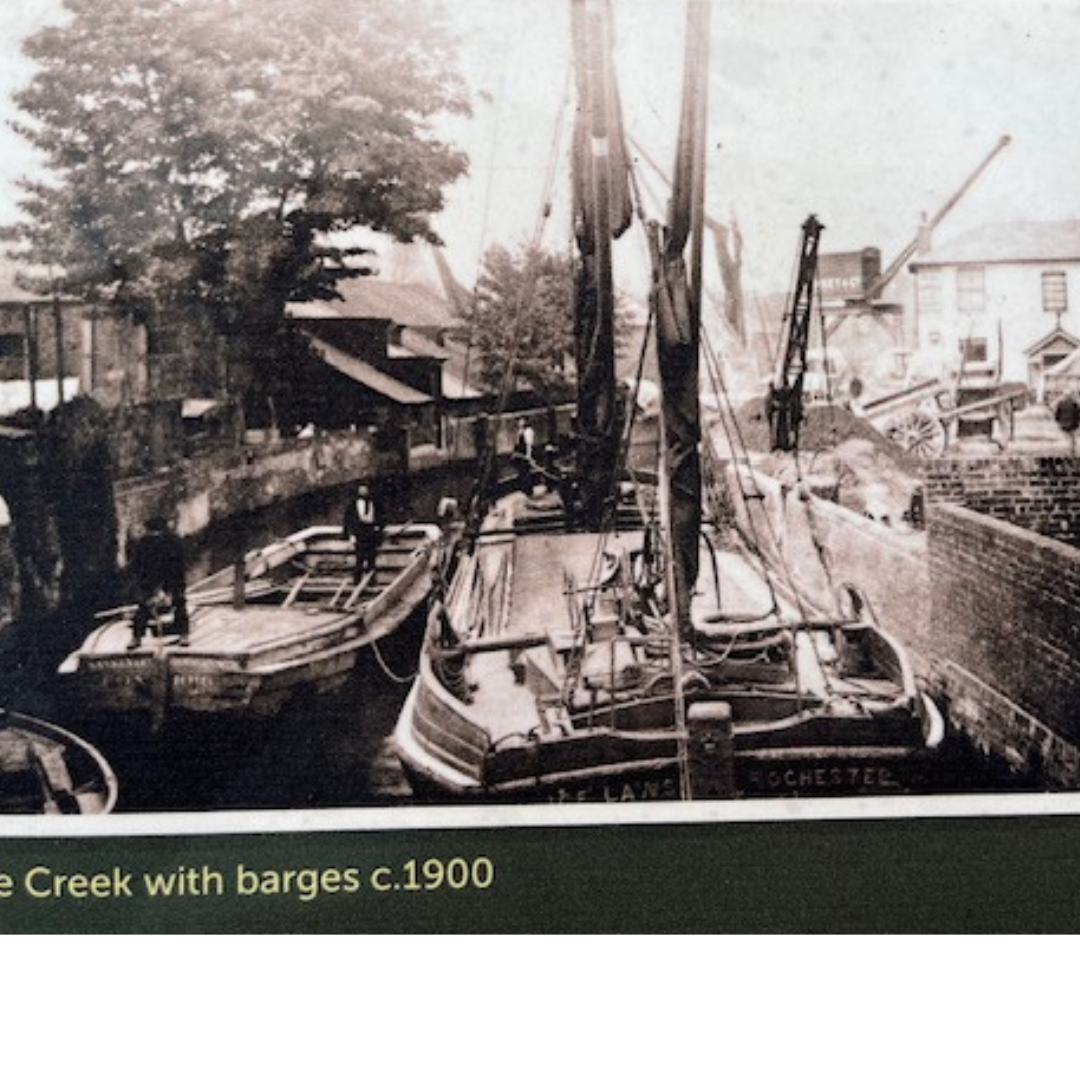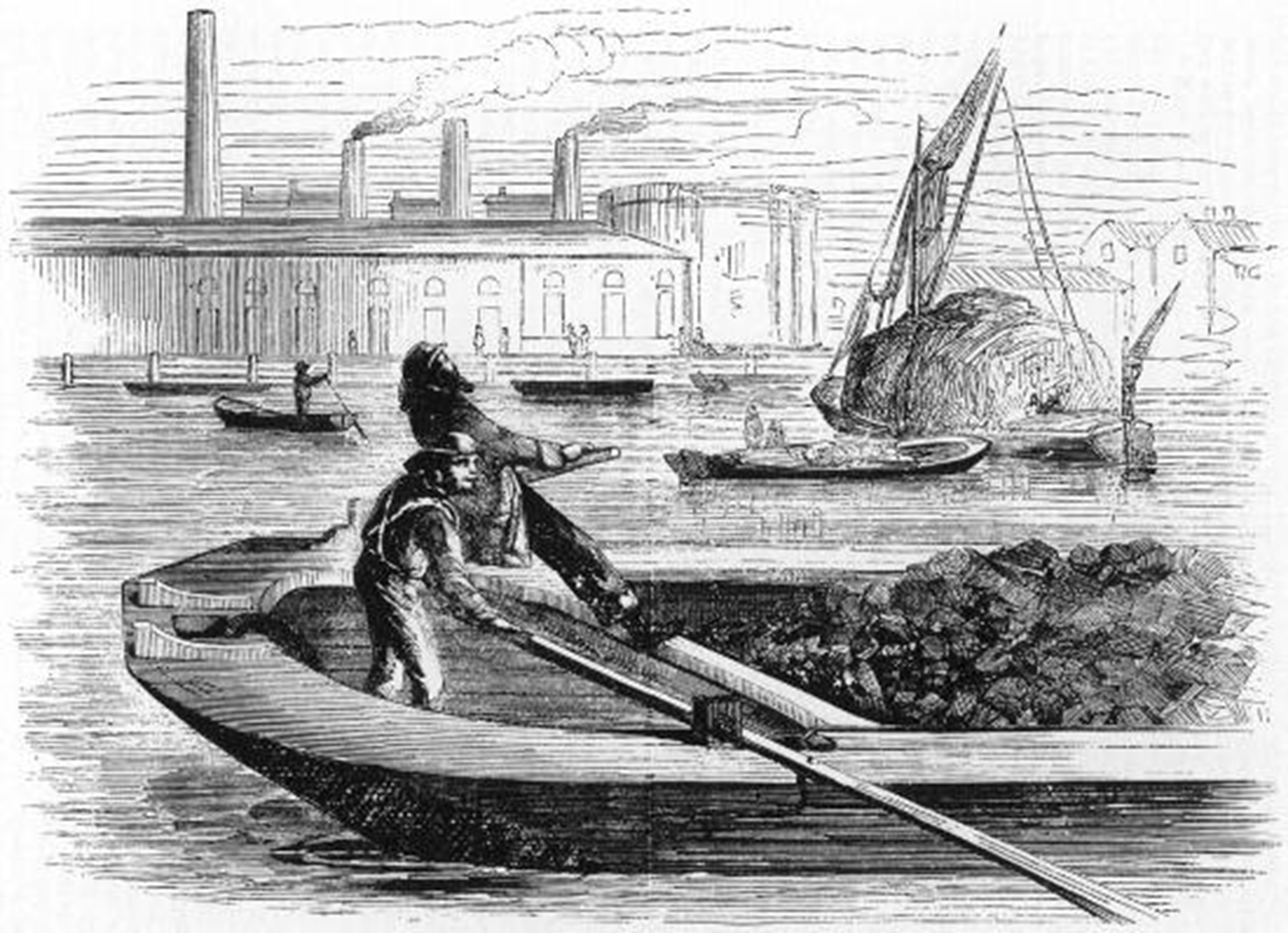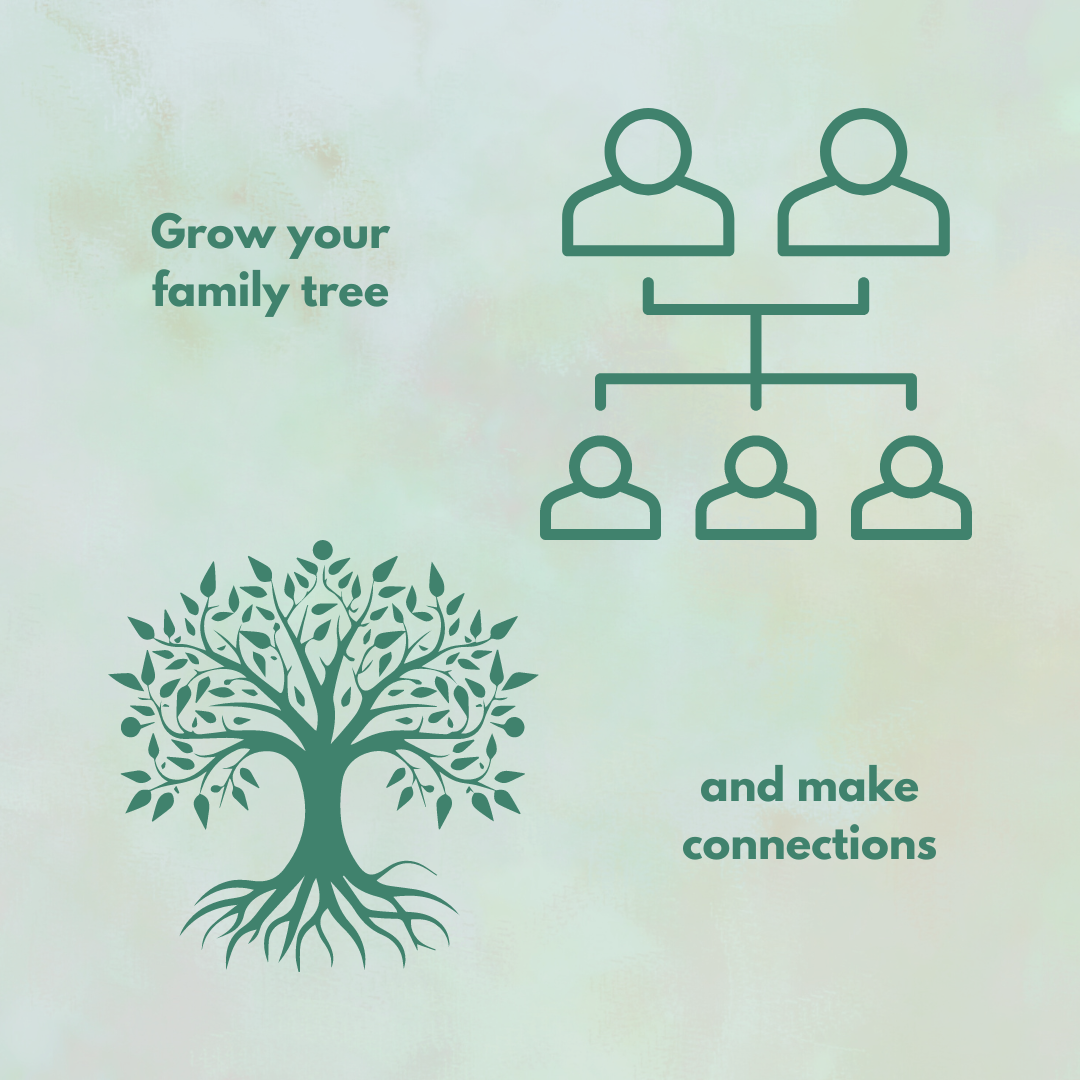Many of the buildings and places associated with our family history disappear or change over time, but churches often survive. They may not tell us a huge amount about our families’ lives, but the fact that they are associated with the key vital events in lives, baptism, marriage and burial, makes them significant places. Today I visited two churches in Shadwell that are connected with my father’s biological family line.
St George in the East
A quick trip on the Docklands Light Railway to Shadwell, then a short walk brought me to St George in the East Church.
My paternal great grandfather, James Herne Everett, was baptised in this church in 1856. His family was living nearby, at 14 Johnson Street and his father was working as a dock labourer. James seems to have been the only one in the family who was baptised there.
St George in the East is an Anglican Church, which was built from 1714-1729. It was designed by Nicholas Hawksmoor. He was a leading figure of the English Baroque style of architecture and contemporary of Christopher Wren, with whom he worked as a clerk in the early stages of his career. Hawksmoor’s other works include The Queen’s College and Worcester College at Oxford, and the west towers of Westminster Abbey. He also contributed to the design of St Paul’s Cathedral and Hampton Court Palace (which I will be visiting in a couple of days).
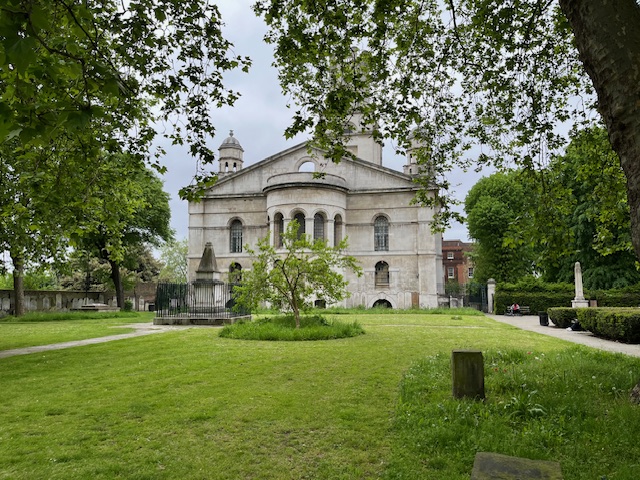

St George in the East is one of the twelve churches built as part of a plan to build fifty new churches in London. I found the image below in a book in the Internet Archive, which is a great place to go to find images that are out of copyright (note: not all images in the archive are out of copyright – check the dates!). I cleaned this image up in my photo editing software.
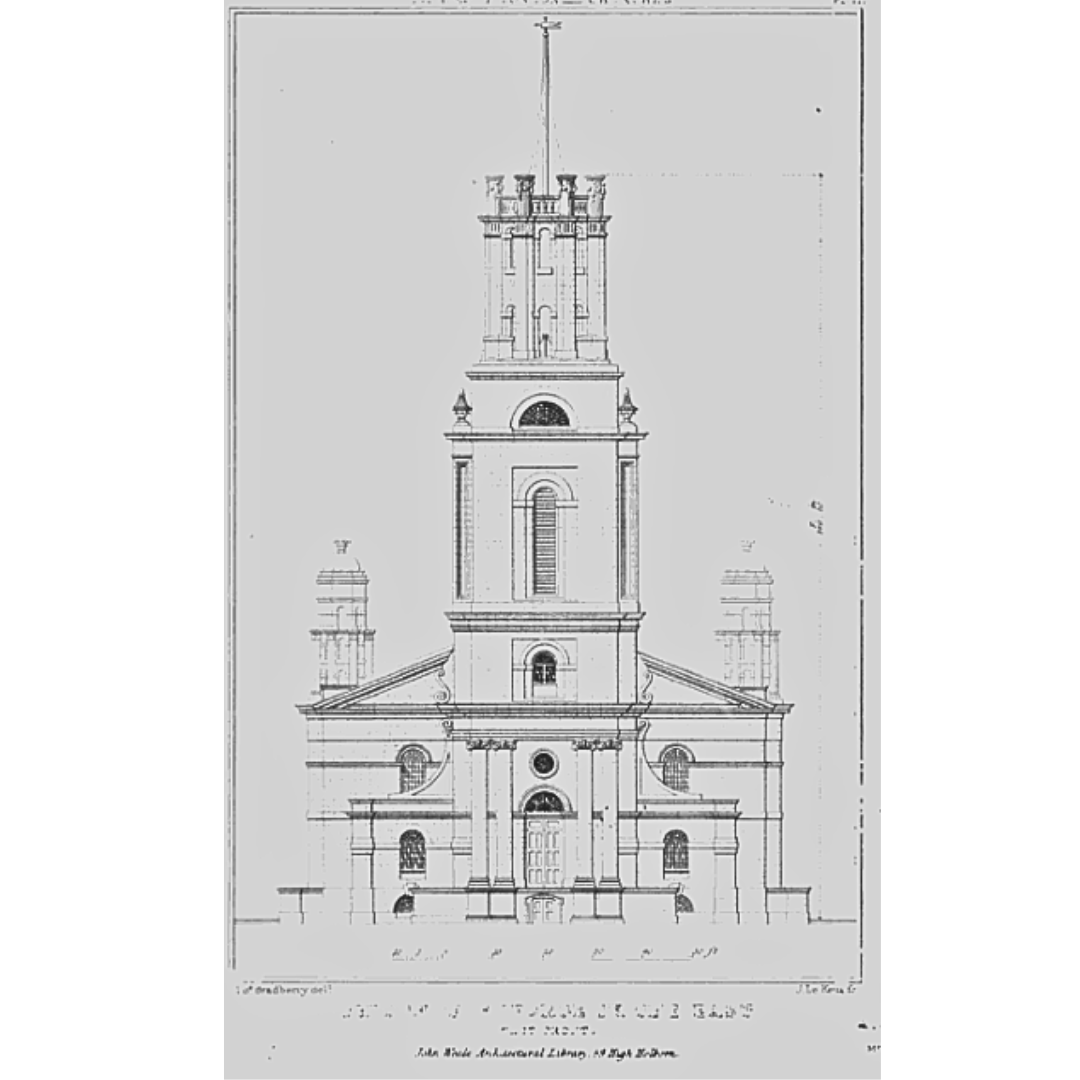
The interior of the church was unfortunately destroyed during World War II and a new interior was built in 1964.
Behind the church is almost two hectares of gardens, which are the former churchyard grounds. There is little sign of graves remaining, though there are headstones lined up along the walls.
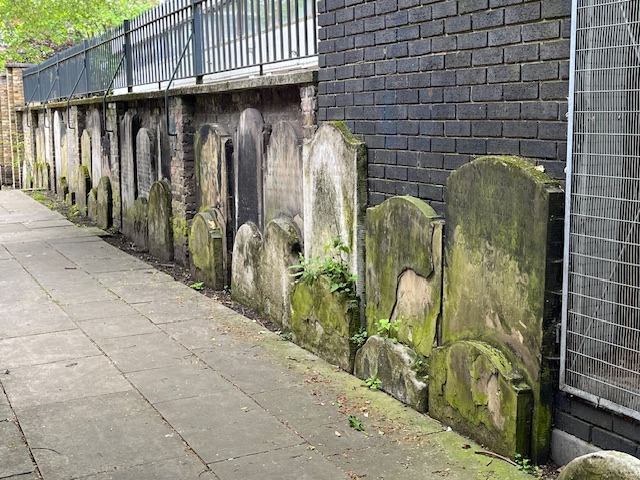
St Pauls Church
A short walk to the east brought me to St Pauls Church at Shadwell.
The original parish church was built in 1656 and known as the Church of Sea Captains, though it also served watermen and lightermen, which is of interest to me as I have many of those in my family. It was reconstructed as St Pauls in 1669, but that building was demolished in 1817. The current building dates from 1821. The building survived the Blitz, but unfortunately all the parish records were destroyed. [5]
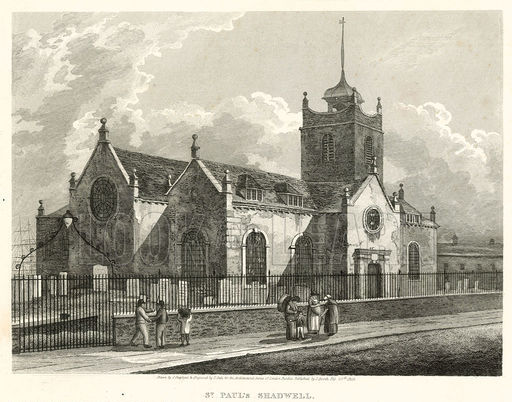
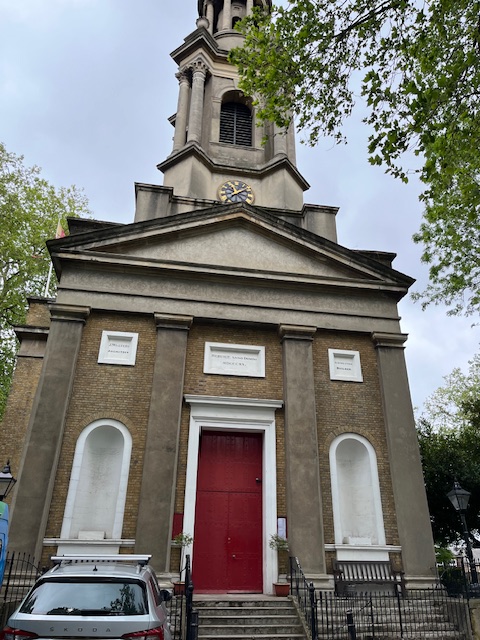
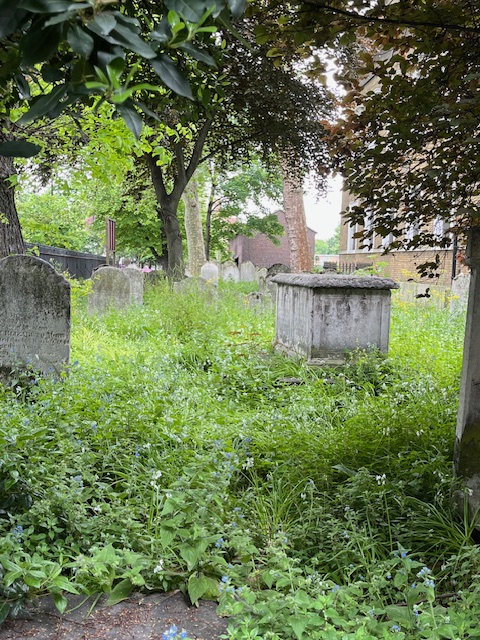
My archaeology training always tempts me to search out and read the conservation plans for buildings and this time I found something intriguing. The plan for St Pauls says that Captain James Cook’s eldest son was baptised there in 1763. [6]
The reason that I find this intriguing is that my family connection to this church is my 3x great grandparents who were married there in 1851 – George T Seaborn and Emma Cook. I know Cook is a common name, but I had wondered if there was a connection to him. I was put off by the fact that he was born in Yorkshire. Now I know that he was in the same parish as my Cook family, albeit 90 years apart, I think I will revisit this issue.
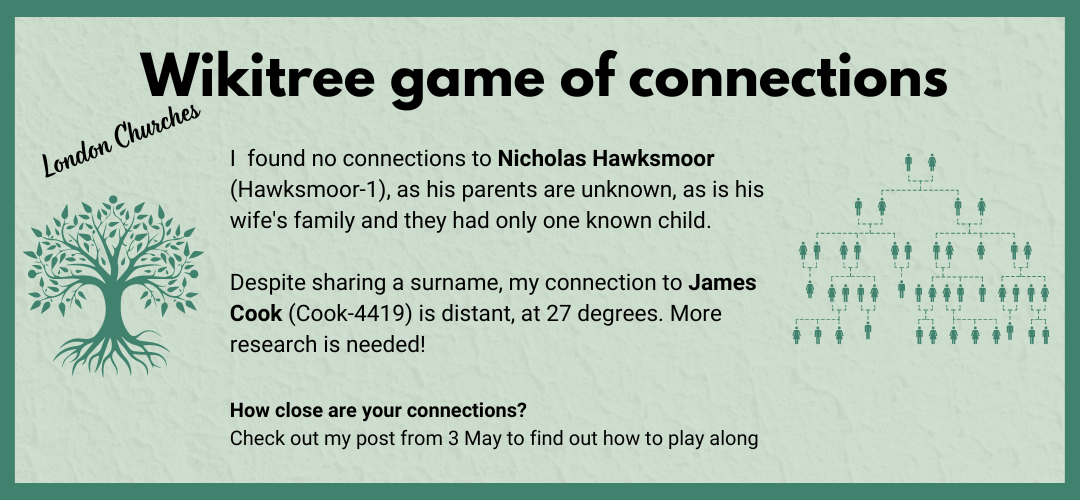
Sources
- Anon, ‘Nicholas Hawksmoor‘, Wikipedia, accessed 23 April 2024
- Anon, ‘Hawksmoor, Nicholas‘, Dictionary of National Biography, 1885-1900, accessed 23 April 2024
- Britton, John; Pugin, Augustus; & Leeds, William Henry, Illustrations of the Public Buildings of London: With Historical and Descriptive Accounts of Each Ediface, Vol. 1, J. Weale 1838
- Defoe, Daniel, The history of the great plague in London in the year 1665, containing observations and memorials of the most remarkable occurrences, both public and private, during that dreadful period, London, Renshaw and Rush, 1832.
- Anon, ‘Conservation Area Appraisals and Management Guidelines’, St Paul’s Shadwell Conservation Area, Tower Hamlets, accessed 23 April 2024
- If you are not familiar with Australian history, his journey to Australia on the Endeavour in 1770 is noted as the first recorded European visit to the continent. We used to be taught that he ‘discovered’ Australia, but this version of history has since been corrected.
